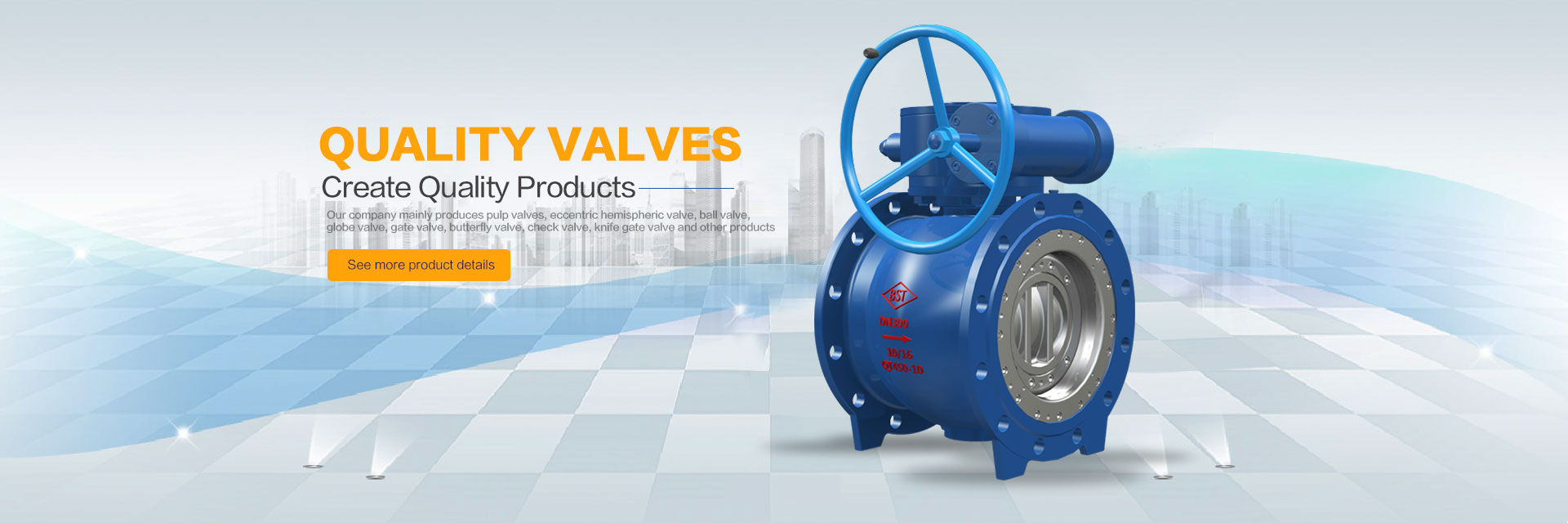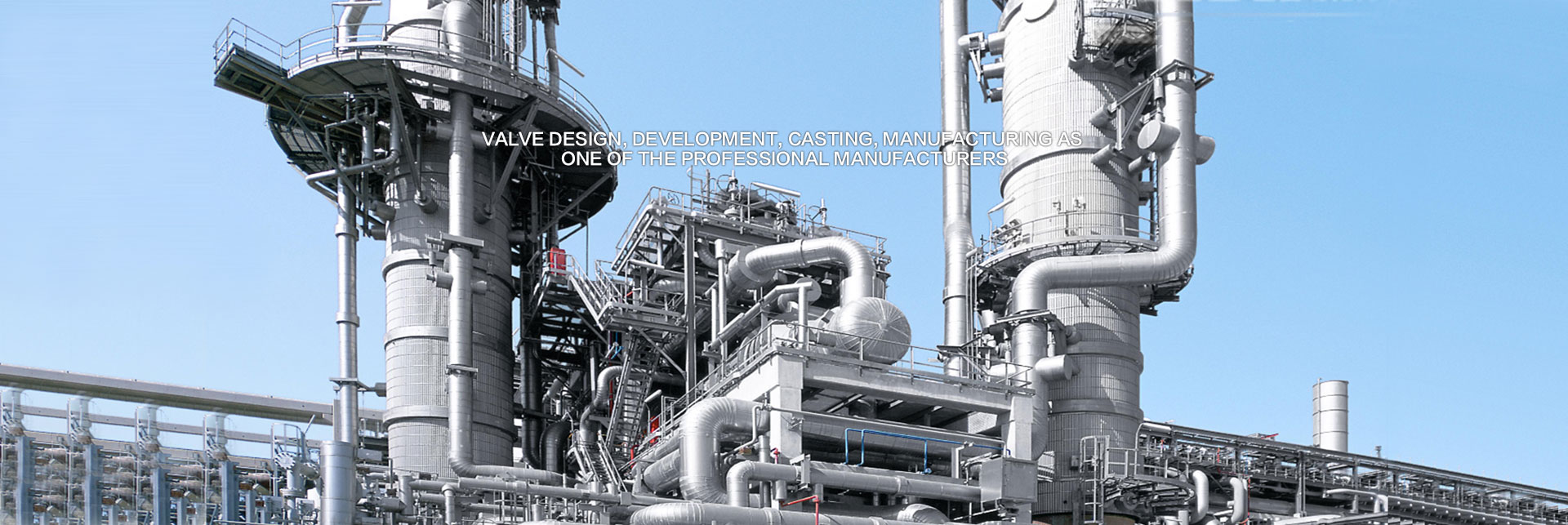It is important to keep these points in mind when installing the valve
(A) Direction and location
Many valves have directionality, such as cut-off valves , throttle valves, pressure reducing valves , check valves , etc. If the device is installed inverted, it will affect the use of effects and life (such as throttling valves), or does not work (such as Relief valve ) and even dangerous (such as check valve ). General valves , there are directional signs on the valve body; if not, should be correctly identified according to the working principle of the valve. The valve chamber of the shutoff valve is asymmetrical in right and left direction. The fluid should be allowed to pass through the valve port from bottom to top, so that the fluid resistance is small (determined by the shape), and the effort is saved (due to medium pressure upwards). After closing, the medium does not press the filler, facilitating maintenance. This is why the shut-off valve cannot be reconciled. Other valves also have their own characteristics.
The installation position of the valve must be easy to operate: Even if the installation is temporarily difficult, it is also necessary for the operator's long-term work. The best valve hand wheel and chest (usually 1.2 meters away from the operating floor), so that the opening and closing of the valve is more energy efficient. The landing valve handwheel should face upwards, do not tilt, so as not to operate awkwardly. To rely on the valve of the machine by the wall machine, but also to leave the operator to stand. Avoid going to heaven, especially acid and alkali, toxic media, etc. Otherwise, it is not safe. The gate should not be flipped (ie, the handwheel is down), otherwise it will cause the medium to remain in the valve cover space for a long time, and it is easy to corrode the valve stem, and it is contraindicated for certain process requirements. It is inconvenient to replace the packing at the same time Rising stem gate valve , do not install in the ground, exposed to corrosion due to moisture or stem. Lifting check valve, to ensure that the valve flap vertical when installed, in order to lift and flexible. Swing check valve, to ensure the level of its pin axis during installation, so that the spin is flexible. The pressure relief valve should be installed upright on a horizontal pipeline. Do not tilt it in all directions.
(b) Construction work
Care must be taken in the installation and construction. Do not strike valves made of brittle materials.
Prior to installation, the valve should be checked to verify the specification and type, and identify any damage, especially for the valve stem. Also, rotate it a few times to see if it is skewed because it is the most likely to hit the stem. Also remove debris from the valve.
When the valve is lifted, the rope should not be tied to the handwheel or valve stem to avoid damage to these components and should be tied to the flange.
For the pipe to which the valve is connected, it must be cleaned. Compressed air can be used to blow away iron oxides, mud sand, welding slag, and other debris. Such debris not only scratches the sealing surface of the valve, but also causes large particles (such as welding slag) to block the small valve and cause it to fail. When installing the screw valve, seal packing (linen plus aluminum oil or PTFE raw material tape) should be wrapped on the pipe thread, do not get into the valve, so as not to accumulate in the valve and affect the circulation of the medium.
When installing a flanged valve, be careful to tighten the bolt symmetrically and evenly. The valve flange and the pipe flange must be parallel and the clearance is reasonable, so as to avoid excessive pressure on the valve and even cracking. For brittle materials and low strength valves, pay special attention. Valves that must be welded to the pipe should be spot welded first, then the closure must be fully opened and then welded.
(c) Protection measures
Some valves also require external protection, which is insulation and cooling. Thermal steam lines are sometimes added to the insulation. What kind of valve should be kept warm or cold, according to production requirements.
In principle, if the medium in the valve lowers the temperature too much, it will affect the production efficiency or freeze the valve, and it will require insulation and even heat mixing. When the valve is exposed and the production is unfavorable or causes frost and other undesirable phenomena, it needs to be kept cold. Insulation materials include asbestos, slag wool, glass wool, perlite, diatomaceous earth, vermiculite, etc.; cold insulation materials include cork, perlite, foam, and plastics.
(D) Bypass and Meter
Some valves, in addition to the necessary protection facilities, also have bypasses and meters. Bypass is installed. Easy access for traps . Other valves are also installed bypass. Whether or not to install a bypass depends on the condition of the valve, its importance, and its production requirements.
(F) filling replacement
Inventory valve, some fillers are not good, and some do not match the use of media, which requires replacement of filler.
Valve manufacturers cannot consider the use of thousands of different types of medium. The stuffing box is always filled with common packing. However, when used, the packing must be adapted to the medium.
When replacing the packing, press it in a circle. Each loop seam is suitable for 45 degrees, and the loop is connected to the loop 180 degrees. Filler height to consider the continued compression of the cover of the room, and now also to make the bottom of the pressure gland to press the appropriate depth of the chamber, this depth can generally be 10-20% of the total depth of the filling chamber. For demanding valves, the seam angle is 30 degrees. The seam is staggered by 120 degrees. In addition to the above fillers, rubber O-rings (weak alkalis below 60 degrees Celsius for natural rubber, oil crystals below 80 degrees Celsius for butadiene rubber, and various corrosive media below 150 degrees Celsius for fluoroelastomers) can be used depending on specific conditions. Stacked PTFE ring (resistant to 200 degrees Celsius strong corrosion medium) nylon bowl ring (resistant to 120 degrees Celsius ammonia, alkali) and other forming fillers. Outside the ordinary asbestos packing, a layer of PTFE tape is used to improve the sealing effect and reduce the electrochemical corrosion of the valve stem.
When tightening the seasoning, the valve stem must be turned at the same time to keep it evenly around and prevent it from dying too much. Tighten the cover tightly and evenly without tilting.









